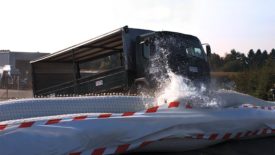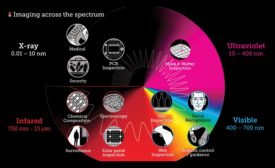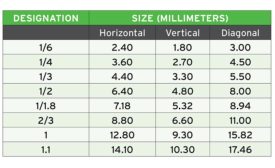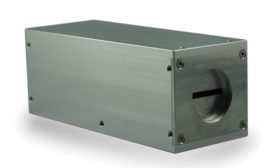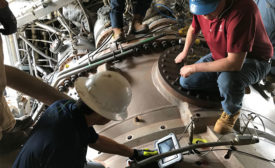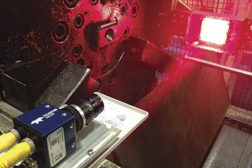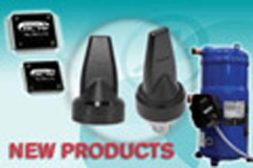Home » Keywords: » camera technology
Items Tagged with 'camera technology'
ARTICLES
Vision & Sensors | Camera Interfaces
CLHS uses a proven core that is easy to use, operates at 10g, 25g, and has a roadmap to 50g.
Read More
Cameras that See Beyond Visible Light: Inspecting the Seen and Unseen
Read on for a high-level overview of imaging technologies from across the electromagnetic spectrum.
September 1, 2020
Machine Vision Systems Design: The Basics
Systems integration is the process of bringing together diverse and disparate components and sub-systems and making them function as a single unified system.
September 1, 2020
Benefits of High Definition Video Borescopes
The new HD resolution of video borescopes will make measuring defects far more reliable.
August 1, 2018
V&S HEADLINE
ISVI Corp. Announces Distribution Partnership with Advanced Imaging Components
January 20, 2016
Smart Cameras
Smart Cameras: Yesterday, Today and Tomorrow
What to look for in a smart camera today and what to expect in the future.
May 1, 2014
Stay in the know with Quality’s comprehensive coverage of
the manufacturing and metrology industries.
eNewsletter | Website | eMagazine
JOIN TODAY!Copyright ©2025. All Rights Reserved BNP Media.
Design, CMS, Hosting & Web Development :: ePublishing
